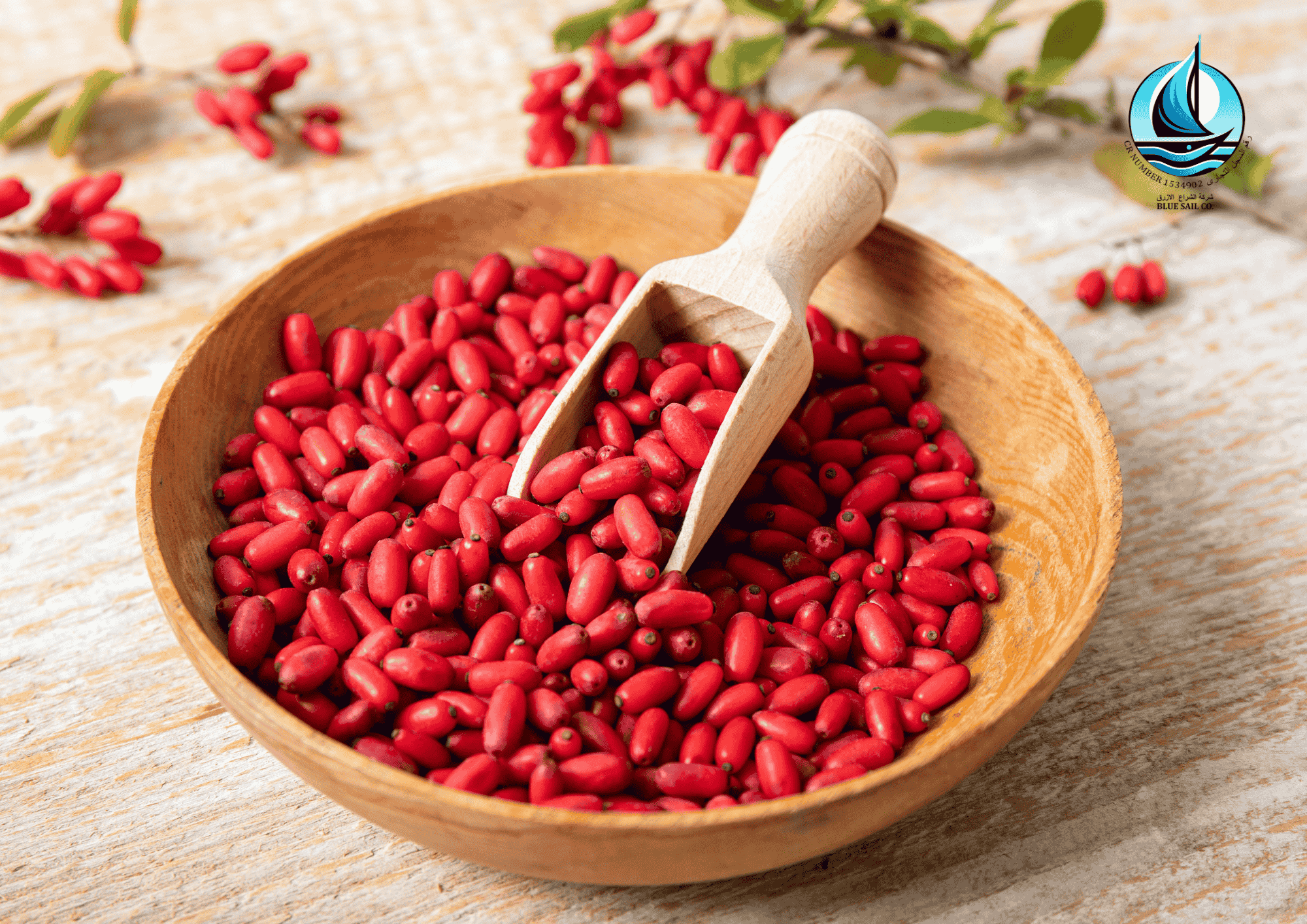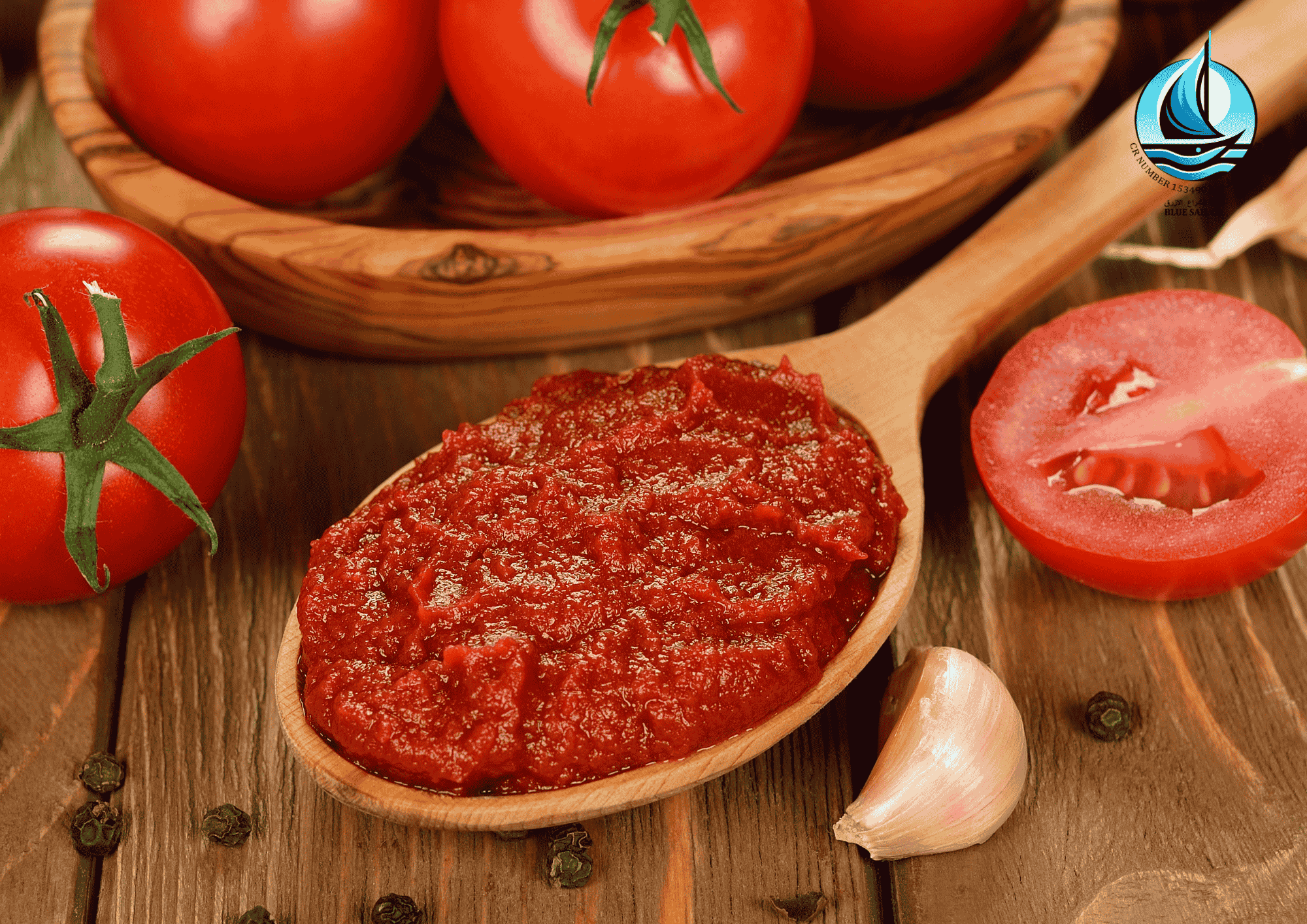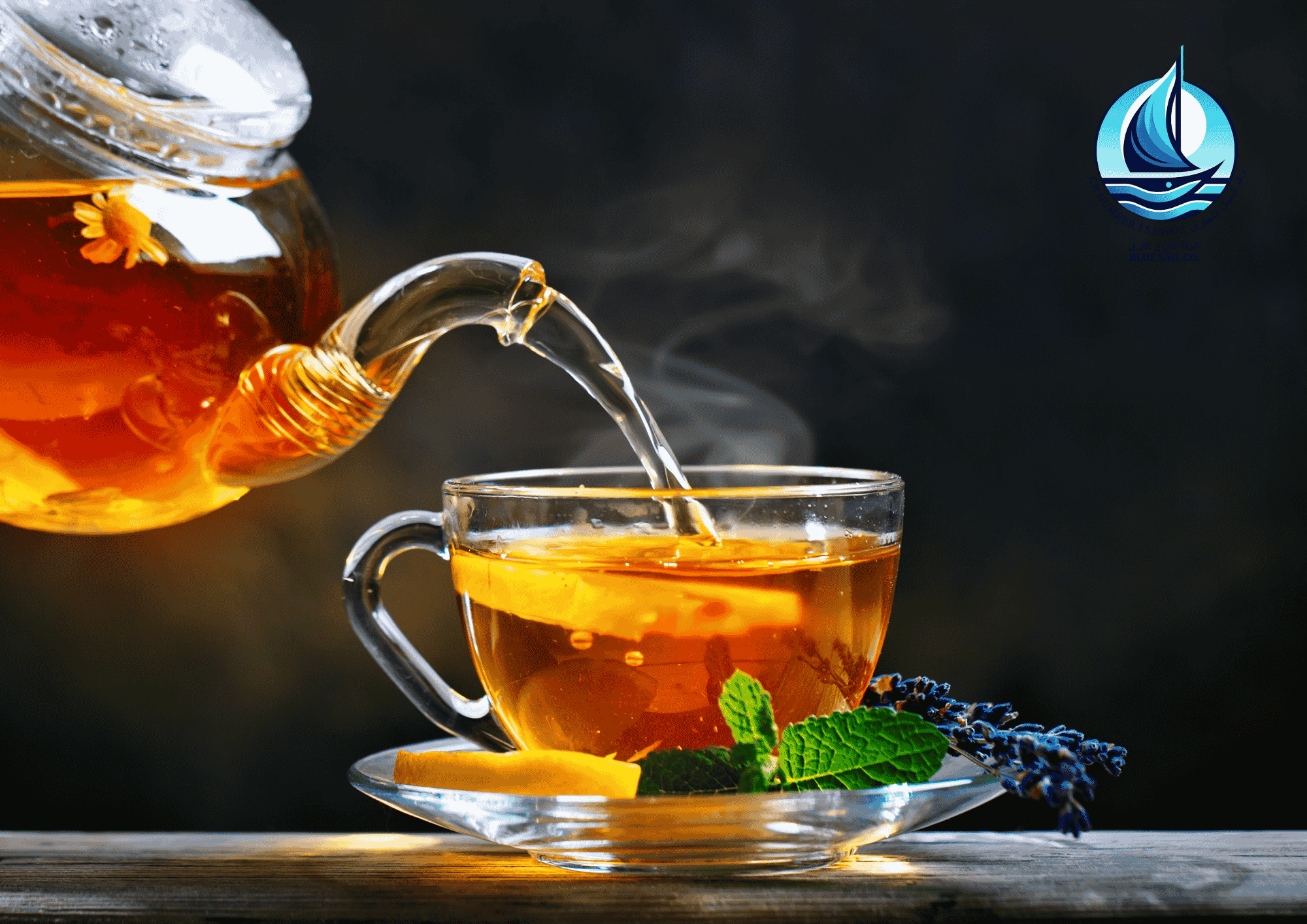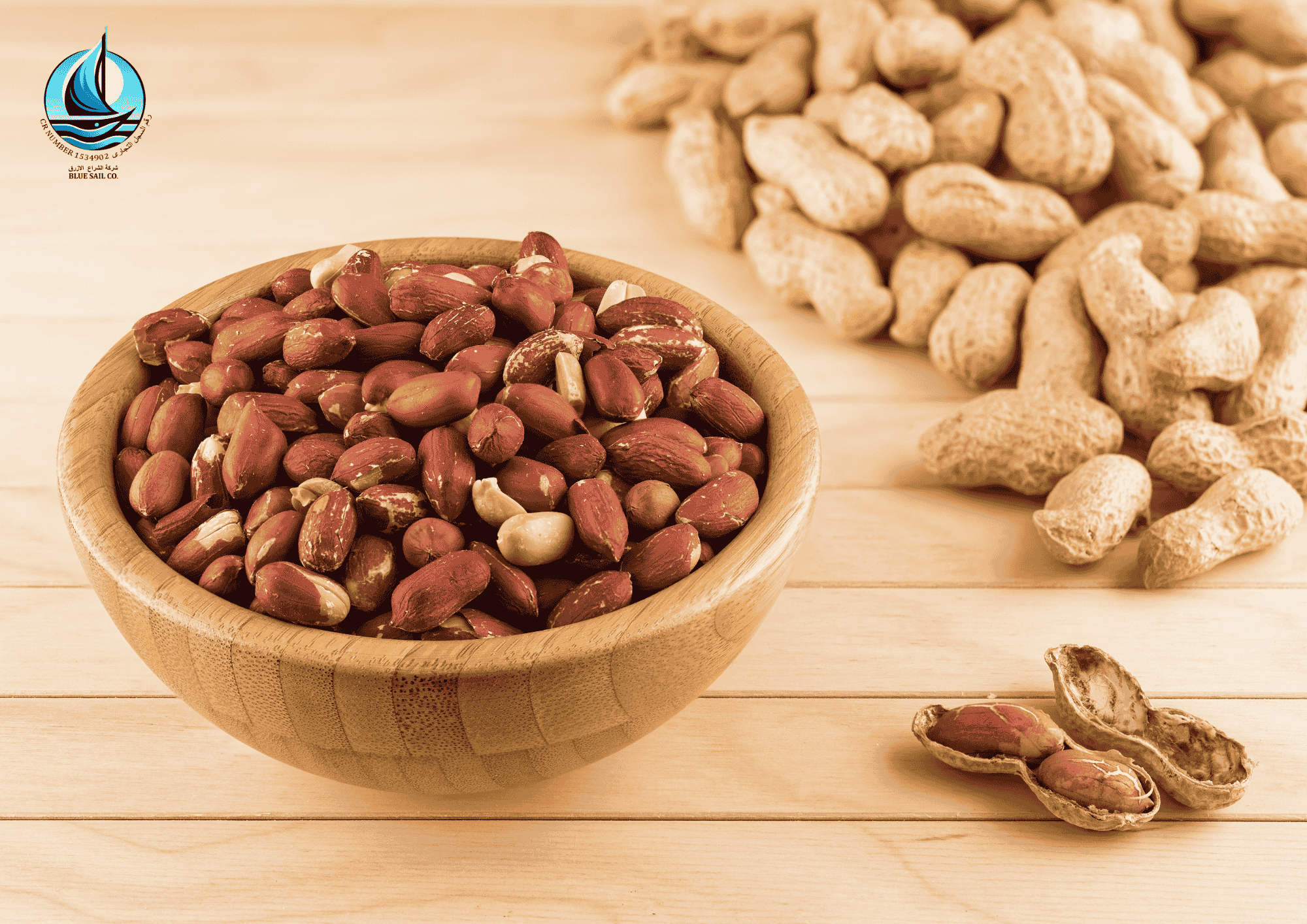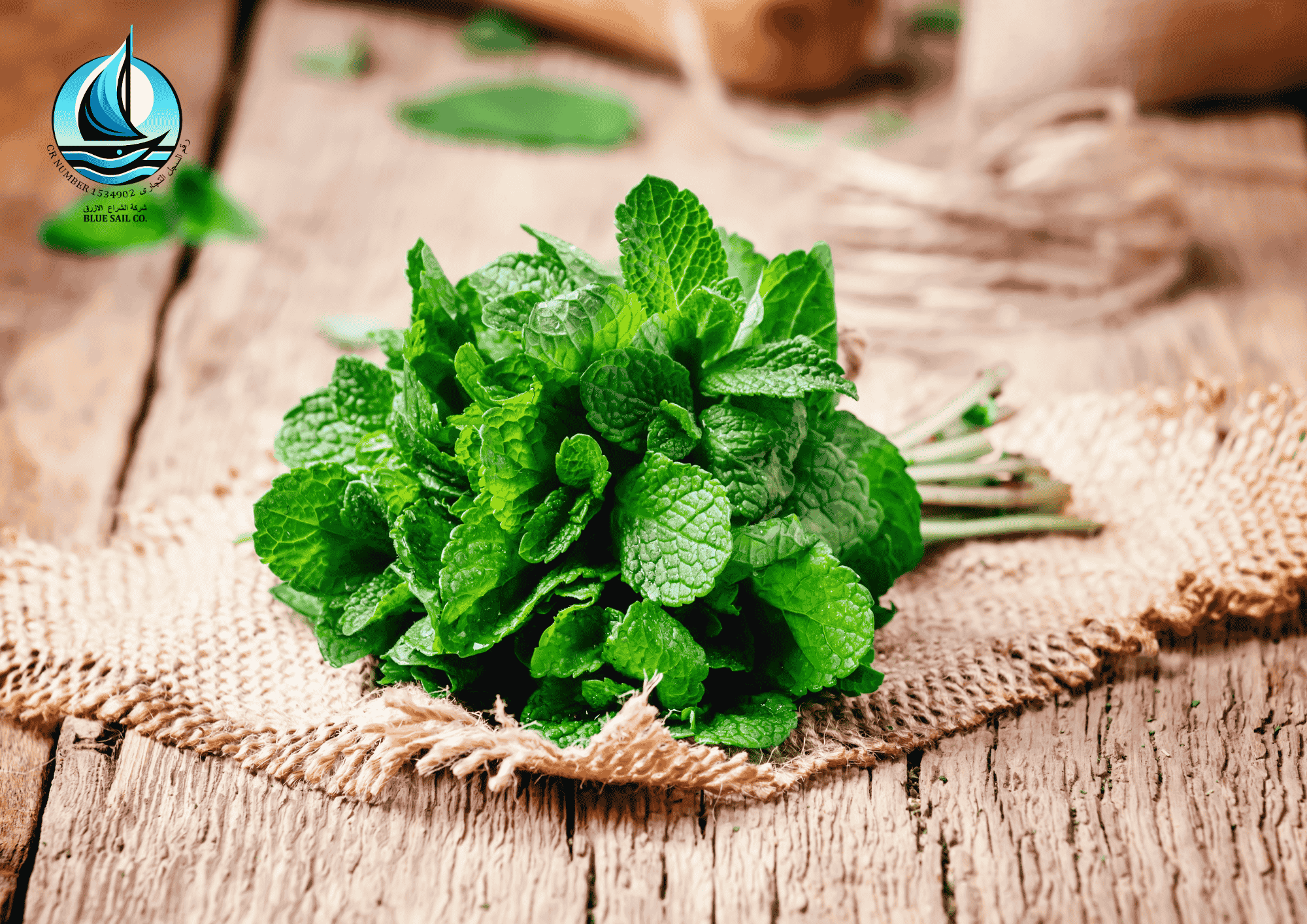Barberry (Berberis vulgaris) is a shrub that has been cherished for centuries for its medicinal, culinary, and ornamental uses. This article delves into the myriad properties of barberry, shedding light on its nutritional profile, health benefits, and practical applications.
Nutritional Profile of Barberry
Barberry is a powerhouse of nutrients, making it a valuable addition to a healthy diet. Key components include:
- Vitamins: Rich in vitamin C, barberry supports immune function and skin health.
- Minerals: Contains potassium, magnesium, and zinc, which are essential for various bodily functions.
- Fiber: The berries are an excellent source of dietary fiber, aiding digestion.
- Antioxidants: High levels of berberine, anthocyanins, and other antioxidants help combat oxidative stress.
Health Benefits of Barberry
- Antimicrobial Properties Barberry is renowned for its berberine content, a compound with potent antimicrobial effects. It combats bacteria, viruses, and fungi, making it useful for treating infections.
- Digestive Health Barberry has been traditionally used to alleviate digestive issues such as diarrhea, constipation, and indigestion. Its fiber content and antimicrobial properties contribute to gut health.
- Heart Health The antioxidants in barberry help reduce bad cholesterol (LDL) levels, lower blood pressure, and improve overall heart health.
- Blood Sugar Regulation Berberine in barberry has been shown to improve insulin sensitivity and regulate blood sugar levels, making it beneficial for individuals with type 2 diabetes.
- Anti-inflammatory Effects Barberry’s anti-inflammatory properties can alleviate symptoms of conditions like arthritis and other inflammatory diseases.
- Liver Support Traditional medicine often uses barberry to detoxify the liver and promote its optimal functioning.
- Immune System Boost The vitamin C and antioxidants in barberry strengthen the immune system, helping the body fight off illnesses.
Practical Applications of Barberry
- Culinary Uses Barberry berries are tart and flavorful, often used in Middle Eastern and Central Asian cuisines. They enhance dishes like rice pilafs, salads, and desserts.
- Medicinal Uses
- Tinctures and Teas: Barberry extracts are used to create tinctures and teas for various ailments.
- Supplements: Berberine supplements derived from barberry are widely available for managing health conditions like diabetes and high cholesterol.
- Ornamental Purposes The vibrant red berries and attractive foliage make barberry shrubs popular in landscaping.
- Natural Dye Barberry roots and bark have been historically used to produce yellow dye.
Precautions and Side Effects
While barberry is generally safe when consumed in moderate amounts, excessive use can lead to side effects such as nausea, dizziness, and low blood pressure. Pregnant women and individuals on certain medications should consult a healthcare provider before using barberry.
Conclusion
Barberry is a versatile plant with a rich history of use in traditional medicine and modern applications. Its impressive array of nutrients and health benefits make it a valuable addition to both diets and natural health regimens. Incorporating barberry responsibly can enhance overall well-being and provide a natural boost to your health.

